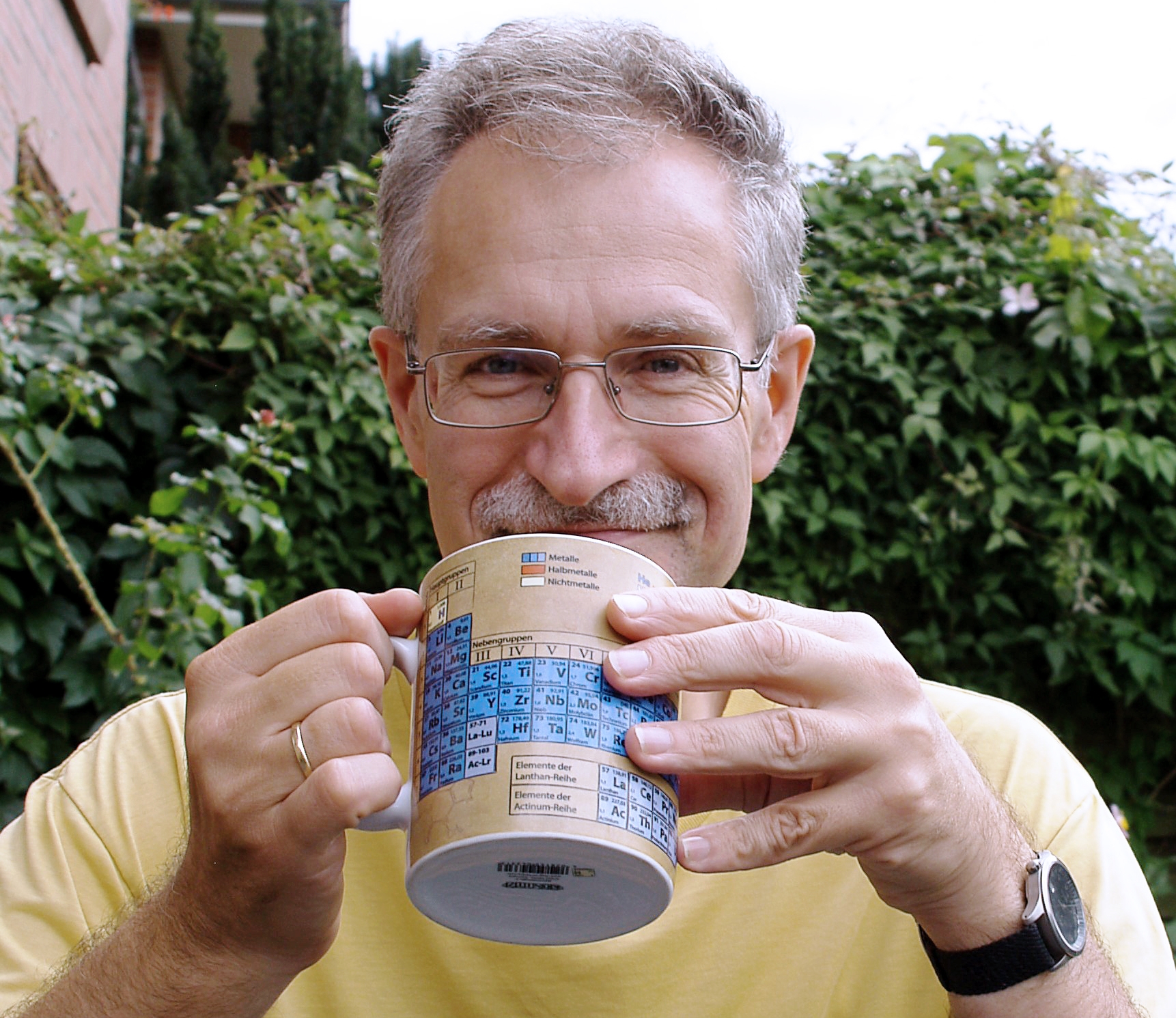Responsible research
Dear readers,
In 2024, Fraunhofer IAP achieved some remarkable successes in the field of sustainability – both in research and in our daily activities. We are very proud to have developed a flexible and recyclable film made from the bioplastic polylactic acid (PLA). Not only did it receive the prestigious Joseph von Fraunhofer Prize for 2024, it has also already been successfully commercialized by an industrial project partner. Since one of Fraunhofer’s core tasks is to transfer innovations to industry, we are particularly pleased about this success – technology development, market launch, and award. Above all, the new bioplastic shows how the circular economy and functionality come together and how we can create alternatives to fossil raw materials through practical solutions that meet specific market needs. We also achieved successful results in many other sustainability projects in 2024, including PFAS-free polymer membranes, bio-based raw materials for new types of rubber, materials made from fungal mycelium, bio-based adhesives and new approaches for the chemical recycling of plastics.
Nevertheless, we believe that sustainability encompasses much more than just the development of new technologies; as a research institute, it also shapes our actions and business practices. That is why we took an important step in 2024 to make our own energy supply resource efficient. With the installation of two high-performance photovoltaic systems at our sites in Potsdam and Wildau, we will be able to generate part of our electricity supply ourselves in the future – thereby making a direct contribution to climate protection. We are supported in this endeavor by the Fraunhofer-Gesellschaft and the Brandenburg Ministry of Science, Research, and Culture whose funding helps us to significantly strengthen our commitment to sustainability and energy efficiency.
This annual report provides you with a glimpse of our range of activities and shows how we at Fraunhofer IAP are contributing to a sustainable future – a future that is firmly rooted in our vision of being innovation leaders for a sustainable future. I cordially invite you to join us on this journey and thank all our employees and partners for their commitment and valuable support!
Best regards,
Alexander Böker
Director of Fraunhofer IAP




























